Lecanora muralis 🌳🗾🌲
During our wandering in the forest, @simba and I encountered this fungus on countless trees and bushes.
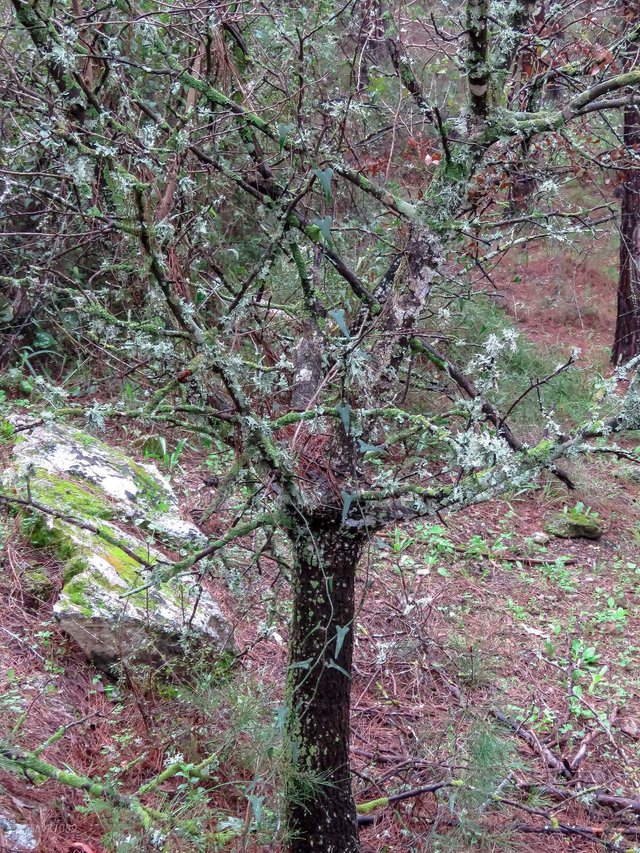
After we got home, I checked on the web and found some very interesting facts about this fungus which is not exactly a fungus...
It is a symbiotic organism made up of seaweed and fungus which called Lecanora muralis.
The reciprocity between the two is so close that for many years they were considered a single organism.
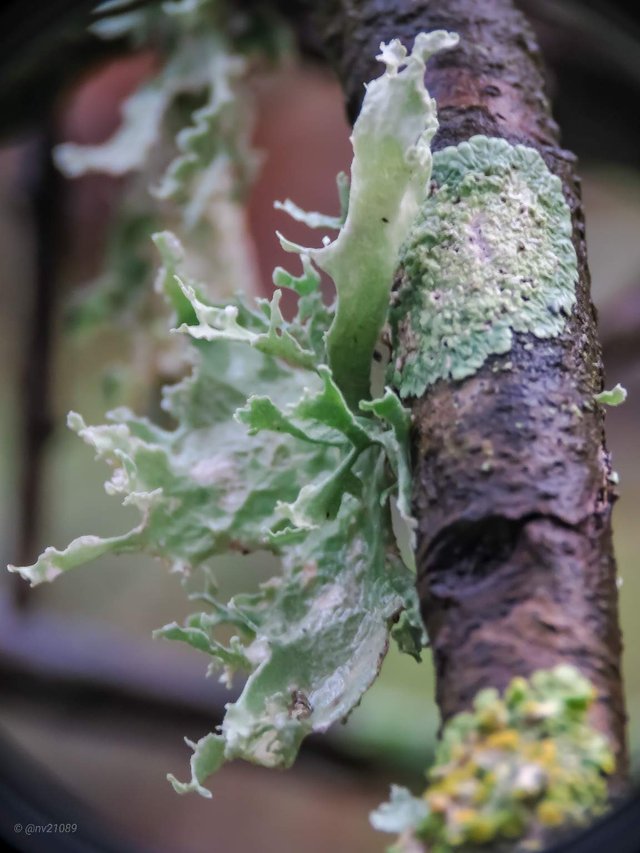
The interaction between algae and fungi evolved from 600-400 million years ago. The algae lives within the fungus perform photosynthesis and provide food for the fungus.
The fungus protects against dehydration and solar radiation and provides water and minerals.
These interactions allow Lecanora muralis to thrive even in extreme conditions, such as arid deserts and the Antarctic ice. In the types which grow in the Antarctic, the algae are able to perform photosynthesis at a temperature of minus 20°c.
So that it uses water from the evaporation of ice on which the fungus grows.
Lecanora muralis are a source of food, shelter and building materials for many animals.
In the past humans used some types Lecanora muralis to produce colors and in starvation times also as food.
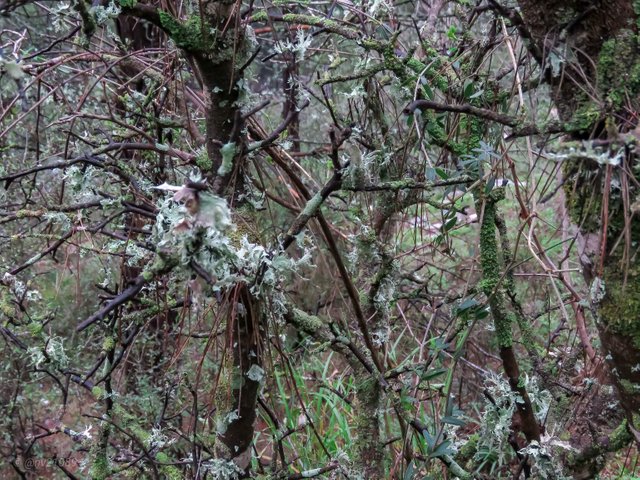
Today, too, Lecanora muralis has great importance for humans:
Many types of Lecanora muralis produce antibiotic and antifungal substances and are used to treat certain fungi, tuberculosis, and skin diseases.
Some live on the ground and form its upper hard layer (crust).
These types of Lecanora muralis help prevent soil desertification and contribute to soil rehabilitation.
It improves the soil's ability to absorb water and the availability of materials in the soil.
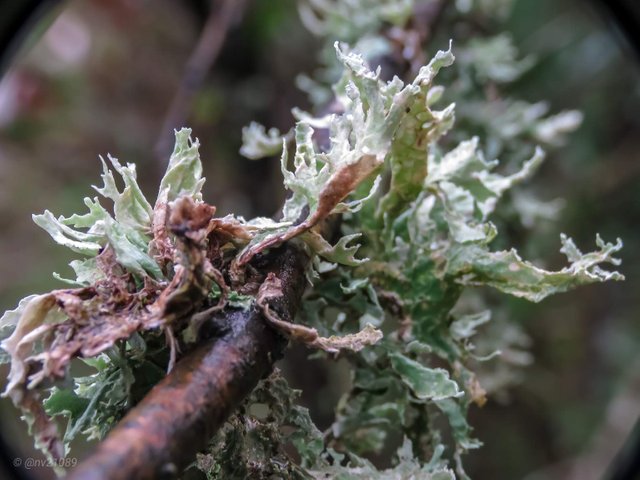
Some types of Lecanora muralis absorb many substances from the environment, including contaminants.
Therefore, they are very sensitive to air pollution (especially sulfur dioxide), and their presence or disappearance is an efficient and accurate tool for monitoring air pollution.
Similarly, they are also a good indicator of radioactivity.
Lecanora muralis are capable of decomposing complex materials such as plastics and can be a source of such natural materials.
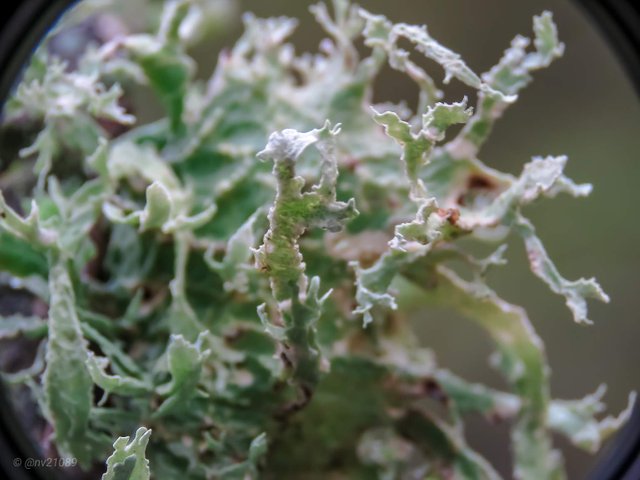
Some produce proteins that prevent stagnation.
Such proteins can be used to preserve the texture of frozen foods.
Some produce usnic acid.
The acid promotes the process of cellular metabolism and has been used as an additive in the weight loss products.
Enjoy!
Canon PowerShot SX60 HS + Raynox DCR250 super macro lens
Info: earthweb.tau.ac.il
Posted using Partiko Android
You made some awesome pictures I see, cheapeau!
Thank you dear ☺️
Posted using Partiko Android